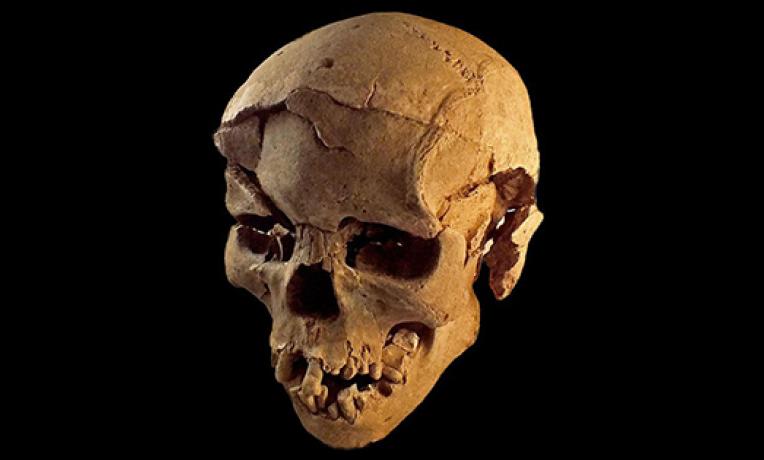Discovery in Kenya sheds light on the origins of warfare
A ground-breaking anthropological discovery took place in East Africa, where ERC Advanced grantee Dr Marta Mirazón Lahr and her team have been studying human origins. At the excavation site in Nataruk in northern Kenya, they have stumbled upon a real archaeological rarity – the earliest historical evidence of warfare.

Dr Mirazón Lahr’s team unearthed the remains of 27 individuals brutally murdered around 10,000 years ago from the sediment of a dried-up lagoon. They show clear signs of a traumatic death, such as skulls violently hit and skeletons stabbed with stone arrows or spear tips. The bodies had not been buried, but instead they had fallen into a marshy lagoon at the edge of Lake Turkana which – was much larger at that time helping preserve the remains in a relatively good state.
The discovery is the oldest dated evidence of war so far; it has indicated for the first time that warfare was present already in the late Stone Age. Previously, many scholars believed that warfare first emerged when humans became more settled, and that the origins of war were closely linked to the sense of ownership. "Finding the remains of a massacre among the skeletons of hunter-gatherers of this period was totally surprising", admitted Dr Mirazón Lahr.
The pieces of weapons found on the excavation site had been made of obsidian, a black volcanic rock which was very rare at the time in the area of Nataruk. This suggests that the Nataruk people had been attacked by raiders coming possibly from another area. Dr Mirazón Lahr believes that the conflict was likely to be over the particularly rich territory where the Nataruk people were hunting and fishing, and that the fact that the assaulters were carrying several different weapons shows the attack was intentional, leading to the death of who could fight back or those who were too weak, too old or too young to be useful.
According to Dr Mirazón Lahr, although this milestone discovery may simply show a standard antagonistic response to an encounter between two social groups, it can also point towards the fact that various tribes were competing with each other for better resources. "The massacre may have resulted from an attempt to seize resources - territory, women, children, food stored in pots – the value of which was similar to that of later food-producing agricultural societies, among whom violent attacks on settlements became part of life," she said.
The results of this ERC project were featured on the cover of Nature magazine in January and revived an academic discussion on the origins of warfare. Some researchers suggested that the capacity for organised violence occurs deep in the evolutionary history of our species. Prof Robert Foley, who co-authored the study, commented: "I've no doubt it is in our biology to be aggressive and lethal, just as it is to be deeply caring and loving. A lot of what we understand about human evolutionary biology suggests these are two sides of the same coin."


